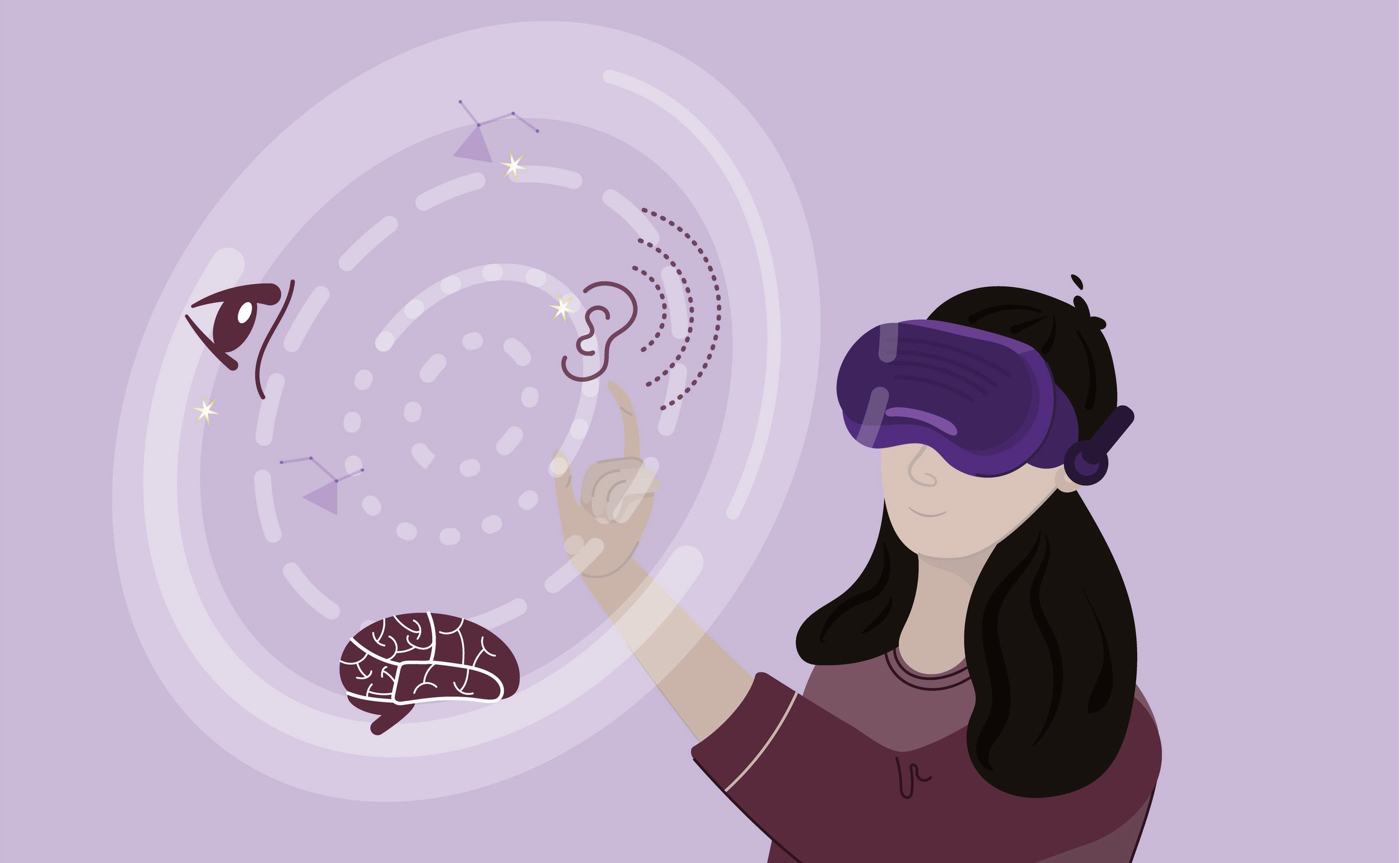Immersive Tech is Reshaping Patient Education
Each month I see more examples emerging - from telehealth to at-home therapy - of how immersive technologies like virtual, augmented, and extended reality (VR/AR/XR) can positively impact patients. While we are only beginning to understand the full potential of these technologies in healthcare, here are three areas in particular where we see the potential for rapid innovation.
Deepening Understanding
In the days following an appointment, patients routinely forget over half of the instructions their healthcare provider gave them. In addition to putting patients at a significant risk of complication, this frequently drives up costs when they have to be readmitted. VR/AR can help close this knowledge retention gap by “spatializing” complex scientific information and treatment instructions in ways visual learners can more easily understand and remember. The benefits apply to caregivers too, who frequently report needing better technology to support their loved one’s care.
Accelerating Behavior Change
Human behavior change is a complex process that is not fully understood. Depending on who you ask, it seems to take anywhere from 21 to 250+ days to change a habit. What we do know is that examples abound - from reducing soda consumption to smoking cessation and increased vaccination rates - of how VR-based education has helped accelerate patient efforts to change behaviors. This represents an exciting new frontier for health advocacy, prevention, and awareness campaigns that could leverage VR/AR to drive increased urgency for a patient lifestyle change.
Improving Adherence
Approximately 50% of patients do not take their medications as described. In addition to causing thousands of preventable deaths and increasing costs, non-adherence has a number of negative effects on clinical trials including increased program duration, reduced study power, and reduced validity of trial results. While there are myriad reasons for non-adherence, insufficient education is a common factor. HIV patients who were shown a 7-minute virtual reality experience that visually explained their illness and were found to be significantly more adherent to prescribed treatment plans. If results like this can be generalized to other patient populations, VR-based education could represent a powerful new tool for improving adherence.
To learn more about how Virtual and Augmented Reality are transforming patient education, check out our upcoming webinar on Engaging Patients with Virtual and Augmented Reality.
Written by Joshua Setzer
Principal, Lucid Dream VR


